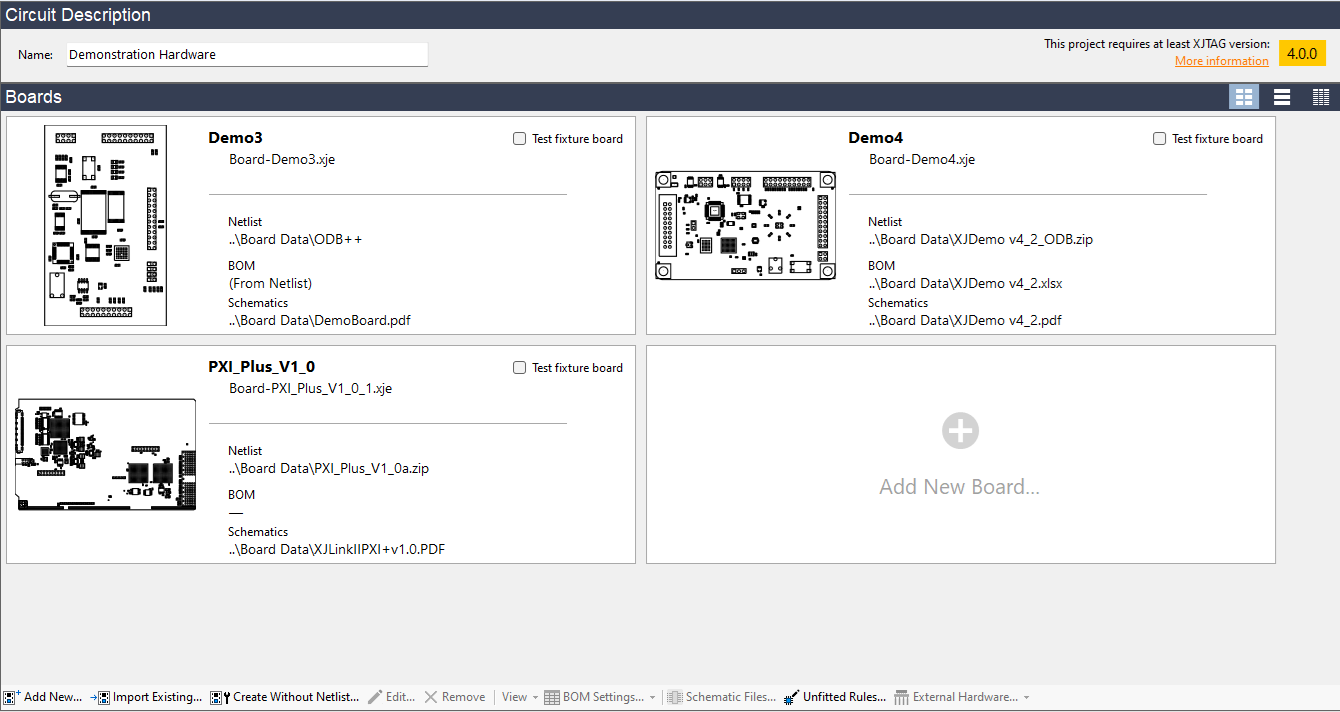‘Dynamic Chains’ is a term we’ve coined to describe a test system that has the ability to drive more that 1 JTAG chain configuration. This may be possible if it has multiple chains driven by different TMS or TCK pins, or a single chain that has multiple JTAG device variations (for example using a Scan Bridge).
Before v3.3, XJTAG projects could only represent a single static JTAG chain. With our new functionality, multiple JTAG chain variations can be defined, set up and run within a single XJTAG project in a single test run.
How will implementing Dynamic Chains into your setup help?
- Powering up: If a test setup has a power chip that needs to be initialised to power up the rest of the board, this can now be done in a 1 device JTAG chain, and then removed and the rest of the JTAG chain added for the rest of testing.
- Scan Bridges: When a Scan Bridge is included in the project, profiles can be defined for each chain combination required with reset sequences which will initialise the Scan Bridge. Tests can then automatically set up the Scan Bridge as necessary at the start of each test.
- Quicker scans: Even if a project is ultimately designed to run as a single JTAG chain, if it is possible to drive some components independently it may be advantageous to cut down the chain for example when programming. A reduced JTAG chain length means less data to send per scan and therefore greater throughput.
- Improved reset sequence: As part of the work with Dynamic Chains, a new improved pre testing reset sequence has been developed. In a single reset at start-up it will perform optimal broken chain, IDCODE, device count, and CheckChain functionality. Even in test setups with just a single JTAG chain, defining it as a Dynamic Chain will provide access to this improved reset sequence functionality.
Dynamic Chains are fully supported now in v3.3 in XJDeveloper and XJRunner. A guide to setting up and running Dynamic Chains can be found in the installed Help files, and look out for further blog entries on this subject.



Leave A Comment